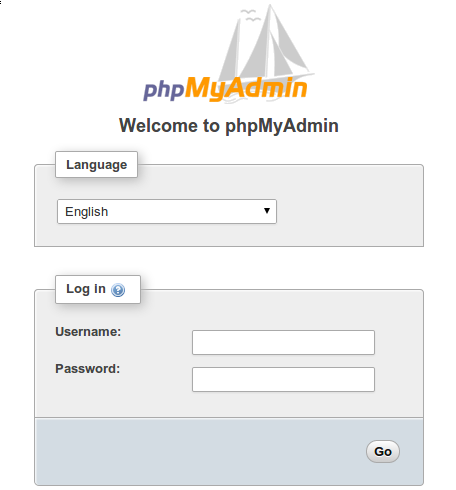
In this guide, we will cover how to install and configure phpMyAdmin on CentOS 6. For those of you who didn’t know, phpMyAdmin is a web-based client written in PHP for managing MySQL and MariaDB databases. It provides a user-friendly web interface to access and manage your databases. To ease usage to a wide range of people, phpMyAdmin is being translated into 72 languages and supports both LTR and RTL languages.
This article assumes you have at least basic knowledge of Linux, know how to use the shell, and most importantly, you host your site on your own VPS. The installation is quite simple. I will show you the step-by-step installation phpMyAdmin on CentOS 6 server.
Prerequisites
- A server running one of the following operating systems: CentOS 6.
- It’s recommended that you use a fresh OS install to prevent any potential issues.
- SSH access to the server (or just open Terminal if you’re on a desktop).
- A
non-root sudo useror access to theroot user. We recommend acting as anon-root sudo user, however, as you can harm your system if you’re not careful when acting as the root.
Install phpMyAdmin on CentOS 6
Step 1. First of all, make sure that all packages are up to date.
yum - update
Step 2. Install the LAMP server.
A CentOS 6 LAMP server is required. If you do not have LAMP installed, you can follow our guide here.
Step 3. Install phpMyAdmin on CentOS 6.
To install phpMyAdmin quickly on CentOS 6, we are going to install the Extra Packages for Enterprise Linux (EPEL) repo first by running the following command:
## RHEL/CentOS 6 64-Bit ## # wget http://download.fedoraproject.org/pub/epel/6/x86_64/epel-release-6-8.noarch.rpm # rpm -ivh epel-release-6-8.noarch.rpm ## RHEL/CentOS 6 32-Bit ## # wget http://download.fedoraproject.org/pub/epel/6/i386/epel-release-6-8.noarch.rpm # rpm -ivh epel-release-6-8.noarch.rpm
After that, run the commands below to install phpMyAdmin:
yum -y update yum install phpmyadmin
Step 4. Configure phpMyAdmin.
phpMyAdmin by default allowed to access from localhost only. If you want to make it accessible from remote computers edit /etc/httpd/conf.d/phpMyAdmin.conf and update all 127.0.0.1 with your network like below or enable phpMyAdmin access for everyone:
Alias /phpMyAdmin /usr/share/phpMyAdmin
Alias /phpmyadmin /usr/share/phpMyAdmin
## Comment below section to allow everyone
<Directory /usr/share/phpMyAdmin/>
<IfModule !mod_authz_core.c>
Order Deny,Allow
Deny from All
Allow from 192.168.1.0/24
Allow from ::1
</IfModule>
</Directory>
<Directory /usr/share/phpMyAdmin/libraries/>
Order Deny,Allow
Deny from All
Allow from None
</Directory>
<Directory /usr/share/phpMyAdmin/setup/lib/>
Order Deny,Allow
Deny from All
Allow from None
</Directory>
<Directory /usr/share/phpMyAdmin/setup/frames/>
Order Deny,Allow
Deny from All
Allow from None
</Directory>
Now, we can restart Apache so that the changes take place:
service httpd restart
Step 5. Accessing phpMyAdmin.
Now open your browser and surf to http://your-ip-address/phpmyadmin and your PHPMyAdmin will ask you for the user and password of your MySQL installation, you can use root as user and the root MySQL password, or any other MySQL user/password. If you are using a firewall, please open port 80 to enable access to the control panel.

Congratulations! You have successfully installed phpMyAdmin. Thanks for using this tutorial for installing phpMyAdmin on CentOS 6 system. For additional help or useful information, we recommend you check the official phpMyAdmin website.